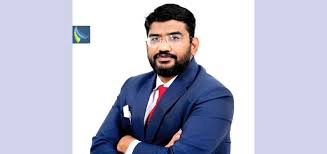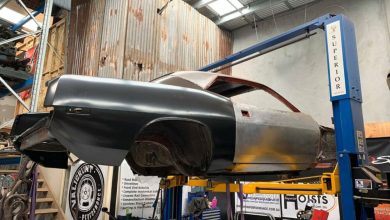Creating a Proactive Maintenance Culture: the Leadership of Mohammad Rahman

For a long time, many industries have approached maintenance as a reactive task; you wait until something is broken, and then you repair it. While this does maintain things broadly, the specialists who try to keep things from breaking in the first place are focused on “Reliability.” One of these specialists, Mohammad Rahman, started pondering this approach early in his career, imagining how much more effective it would be to create a more proactive culture. Since then, he’s raised the importance of strategic reliability and proactive maintenance across multiple sectors.
It’s a Question of Engineering
Rahman’s career began with small-scale reliability tasks, giving him plenty of first-hand experience in what causes complex industrial machines to break down and how they can be prevented. When he became a Reliability Engineer in 2018, he took on management skills for the first time and found himself leading his first reliability program. He quickly established predictive maintenance and reliability ideals, reducing unplanned downtime, boosting efficiency, and making a reputation for himself.
His early work was in Canada, but he was soon employed by two U.S. companies interested in his advanced equipment condition monitoring strategies. Rahman’s plans included tools like wireless vibration systems and ultrasound bearing and steam traps monitoring systems, which could detect compromised components and potential failures before they become problems. By avoiding losses and repairs, Rahman saved his employers millions.
Designing the “Bad Actor” Program: Inventing New Techniques
As he continued his work to make proactive maintenance strategies more common, Rahman conducted reliability-centered maintenance (RCM) studies and Failure Modes and Effects Analyses (FMEA). By examining past failures, he identified the most common and costly causes of downtime and designed systems to predict, detect, and address those causes before they appeared. However, he observed that his employer consistently struggled with managing a few repetitive failures that significantly impacted the company’s bottom line.
This challenge led to Rahman’s standout contribution: the “bad actor” program, which identifies assets with outsized failure impacts. The program analyzes losses, costs, failure frequencies, and potential risks. This has become a framework for prioritizing strategic objectives and focusing resources to mitigate the most high-impact equipment failures. It’s given reliability engineers like Rahman a valuable tool to maximize uptime, reduce costs, and ensure sustainable, resilient operations.
Promoting a New, Proactive Culture for an Industry
Rahman encountered some resistance as he worked to overhaul the typical reactive mindset. As he continued to implement tracking systems and educate personnel on the benefits of preventive maintenance, Rahman began to change the culture around him. He created organizations that valued prevention over the constant firefighting that had defined the space before him.
For the companies that employed him, Rahman created change through training and showcasing successes to earn multilevel buy-in. Beyond this, however, he mentored peers, provided new tools and ideas for the industry, and inspired new, reliable operations throughout the maintenance sector. His goal throughout all of this was simply excellence and innovation.
Rahman is an engineering leader who has created excellent new design paradigms, promoting efficiency on a device-to-device scale and his teams inside the businesses he operates and in his industry. His inventive influence has had a significant impact, but it’s a transformation that is very much still in progress. As Rahman moves through the space, he brings value to companies and peers. He will have many more chances to innovate with a long career ahead of him.





